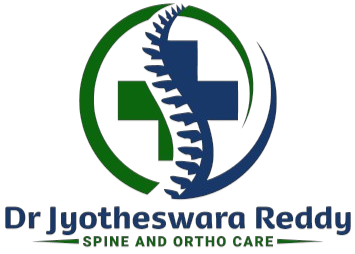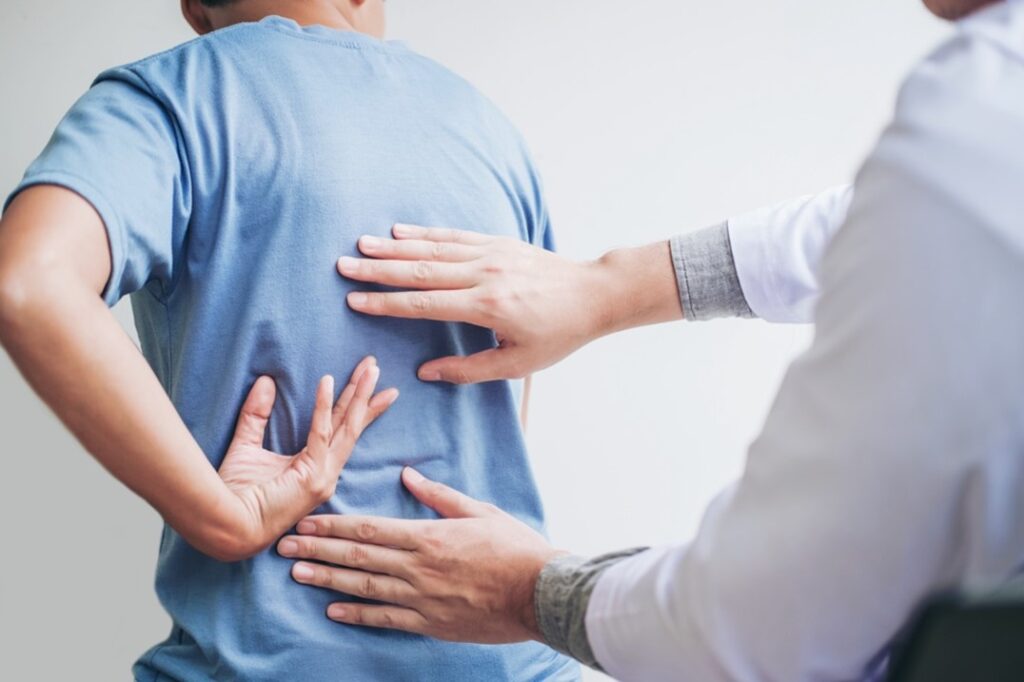Scoliosis is a medical condition characterized by an abnormal sideways curvature of the spine, often resembling an ‘S’ or ‘C’ shape when viewed from the back. While it can occur at any age, it is most commonly identified during childhood or adolescence.
Understanding scoliosis is crucial, as early detection and treatment can significantly improve outcomes and quality of life for those affected. This educational blog aims to simplify scoliosis, offering clear insights and guidance.
Symptoms of scoliosis
- Shoulders that are uneven, with one higher than the other.
- An asymmetrical waistline.
- One hip that seems higher or sticks out more.
- A shoulder blade that is more prominent than the other.
- Leaning to one side when standing straight.
- Uneven gaps between the arms and body.
- A noticeable curve in the spine.
- Clothes fitting poorly or hanging unevenly.
In severe cases, scoliosis can cause back pain and breathing difficulties.
Causes and Types of Scoliosis
The exact cause of scoliosis is often unknown (idiopathic). However, it can be associated with conditions like muscular dystrophy, cerebral palsy, or spinal injuries. Scoliosis varies in type and severity:
- Idiopathic scoliosis: The most common type, usually seen in children and adolescents.
- Congenital scoliosis: Caused by spinal abnormalities present at birth.
- Neuromuscular scoliosis: Associated with nerve or muscle disorders.
Detecting Scoliosis
Early detection is vital. Look out for signs like uneven shoulders, one hip higher than the other, or an uneven waistline. Regular check-ups during growth spurts in children are crucial for early intervention.
Treatment Options
Treatment depends on the severity and type of scoliosis:
- Observation: Regular monitoring for mild cases.
- Bracing: Wearing a brace can help prevent further curvature in growing children.
- Surgery: In severe cases, especially when the curve is progressive and could cause functional problems, surgery might be recommended.
Living with Scoliosis
- Managing scoliosis involves more than medical treatment.
- It includes maintaining a healthy lifestyle, staying active, and being mindful of posture.
- Physical therapy and exercises tailored for scoliosis can strengthen the back muscles and improve posture.
Emotional Well-being
The psychological aspect of scoliosis, especially in adolescents, is significant. Peer support, counselling, and open communication with healthcare providers are essential for mental and emotional well-being.
In summary, scoliosis is a manageable condition with the right approach. By staying informed, adhering to treatment plans, and maintaining a healthy lifestyle, individuals with scoliosis can lead active lives. It is important to focus not just on physical health, but also on emotional well-being.


